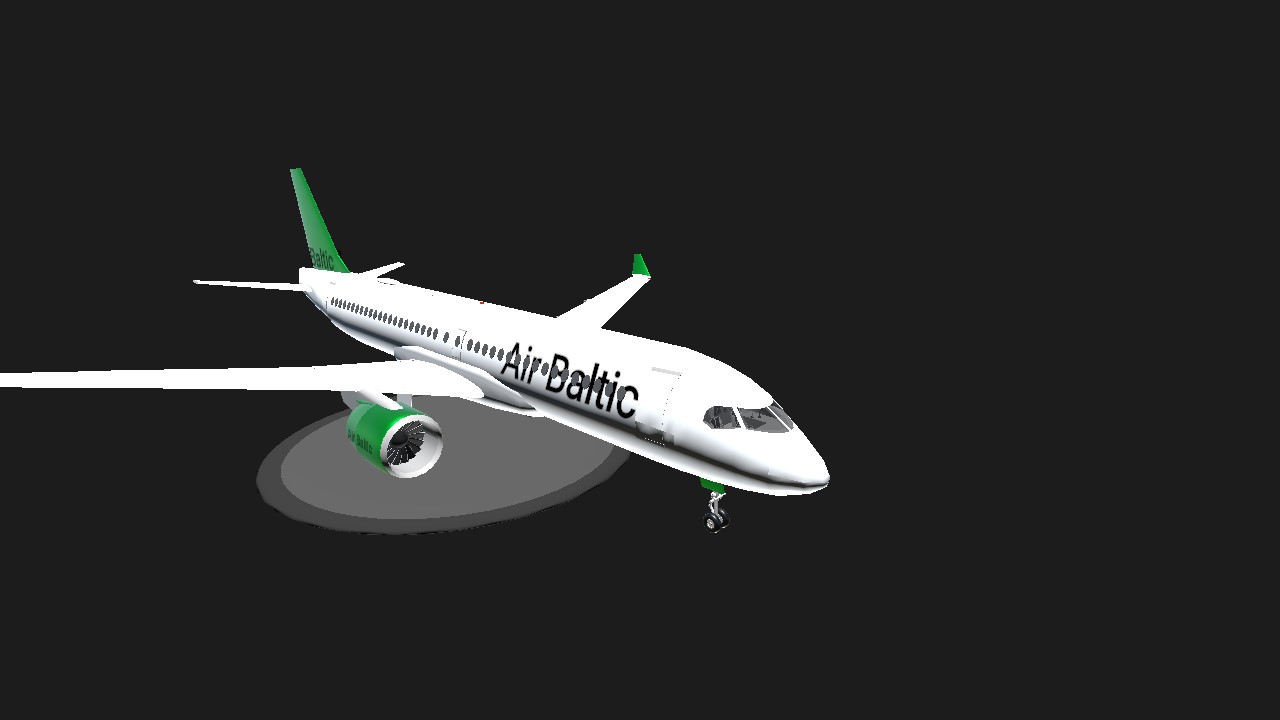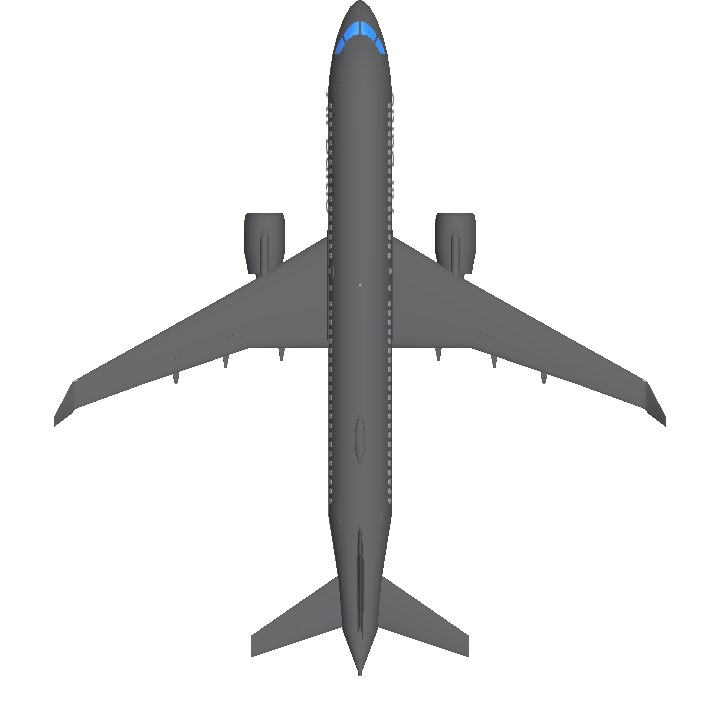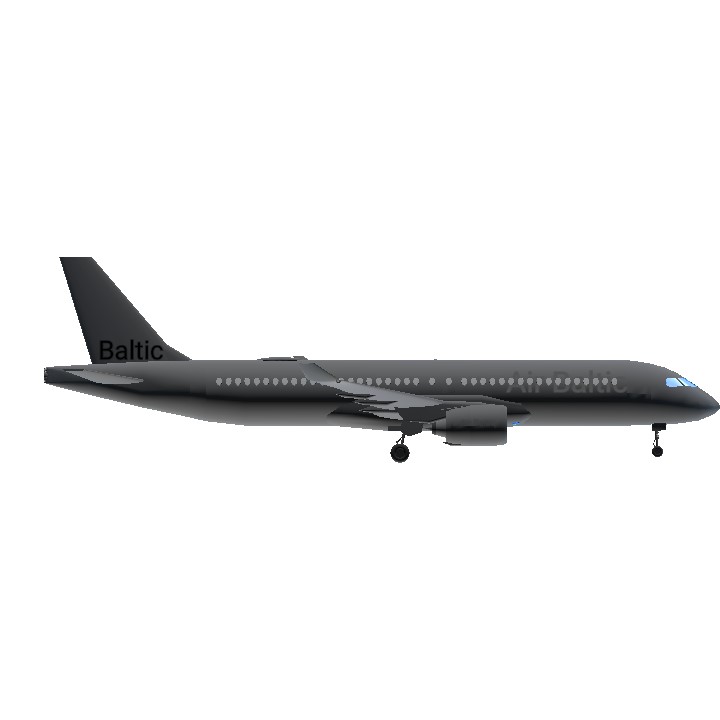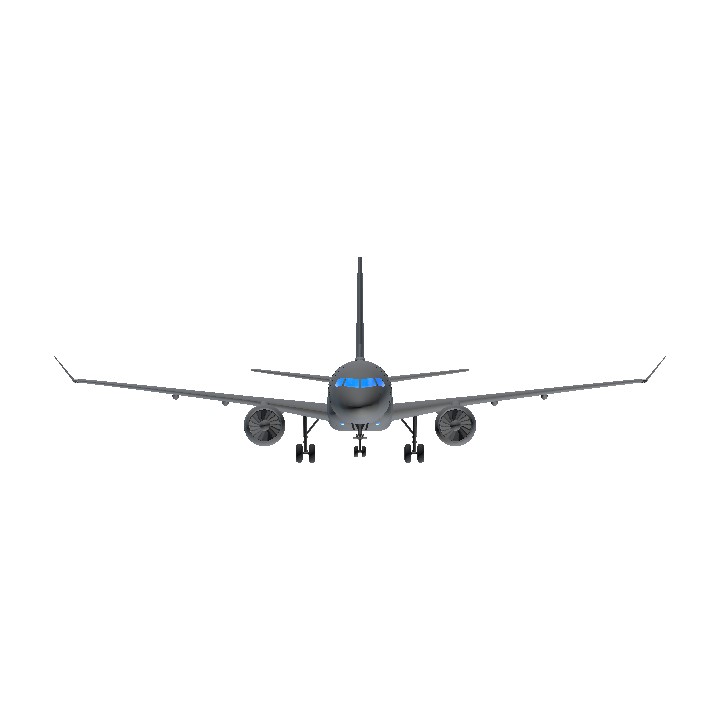Credit for A220: Galatic Asian
Ag1 - Arm Speed brakes (requires gear down)
Ag2-4 - Strobe/Landing/Cabin Lights
Ag5 - Open front left door (Requires not moving)
AG6 - Pushback
AG8 - Engines, Nav/Taxi/Beacon lights
De-activating 8 will cut power to all lights
optional: all 4 doors can open(just connect them to the pistons)
Landing
Approach speed: 115-120 knots
VTOL(flaps): 100%
Trim: 50%
Gear: down
AG1: Activated(helps negate bouncy landings)
Cruise:
Cruise speed: mach.0.78(447 knots)-TAS
Max operating speed: Mach 0.82(470 knots) - TAS
optional:
No more than 250 knots below 10,000ft - IAS as per regulations
INFORMATION
The Airbus A220 is a family of five-abreast narrow-body airliner, which was originally designed by Bombardier Aerospace and had two years in service as the Bombardier CSeries. Powered by Pratt & Whitney PW1500G geared turbofan engines, the twinjet has fly-by-wire flight controls, a carbon composite wing and an aluminium-lithium fuselage.
A220
CSeries CS100 and CS300
Logo Airbus A220.svg
YL-CSD Bombardier BD-500-1A100 CS300 BCS3 Airbus A220-300 A223 c n 55006 - BTI (31100301167).jpg
An A220-300, the most common variant, of AirBaltic, its launch operator
Role
Narrow-body jet airliner
National origin
multinational
Manufacturer
Airbus Canada Limited Partnership
Designer
Bombardier Aviation
First flight
16 September 2013[1]
Introduction
15 July 2016 with Swiss International Air Lines[2]
Status
In service
Primary users
Delta Air Lines
airBaltic
Swiss International Air Lines
Air Canada
Produced
2012–present
Number built
177 as of 30 September 2021[3]
The smaller variant (A220-100, formerly CS100), seating 108 to 133, made its maiden flight on 16 September 2013, was awarded an initial type certification by Transport Canada on 18 December 2015, and entered service on 15 July 2016 with launch operator Swiss Global Air Lines. The longer variant (A220-300, formerly CS300), seating 130 to 160, first flew on 27 February 2015, received an initial type certification on 11 July 2016, and entered service with airBaltic on 14 December 2016. Both launch operators recorded better-than-expected fuel burn and dispatch reliability, as well as positive feedback from passengers and crew.
In July 2018, the aircraft was rebranded as the A220 after Airbus acquired 50.01% of the program through a joint venture, which was later renamed Airbus Canada Limited Partnership. In August 2019, a second final assembly line opened at Airbus Mobile in Alabama, supplementing the main facility in Mirabel, Quebec. In February 2020, Airbus increased its share to 75% as Bombardier exited the program, while the Quebec government's Investissement Québec held the 25% balance. The A220 family then complements the A319neo in the Airbus range and competes with the largest variants of the Embraer E-Jet E2 family and the smaller Boeing 737 MAX-7 variant.
As of August 2021, a total of 643 aircraft had been ordered of which 177 had been delivered and were all in commercial service.[3] Delta Air Lines is the largest customer and operator, with 95 A220 ordered and respectively 50 airplanes in its fleet.[4]
Specifications
General Characteristics
- Predecessor A220-300 Delta
- Created On Android
- Wingspan 115.0ft (35.1m)
- Length 135.3ft (41.3m)
- Height 38.6ft (11.8m)
- Empty Weight N/A
- Loaded Weight 40,744lbs (18,481kg)
Performance
- Power/Weight Ratio 2.26
- Horse Power/Weight Ratio 0.147
- Wing Loading 27.3lbs/ft2 (133.1kg/m2)
- Wing Area 1,494.8ft2 (138.9m2)
- Drag Points 7543
Parts
- Number of Parts 421
- Control Surfaces 9
- Performance Cost 2,755





@CerealWithMilk Okay
I love your planes! Can you please make a Boeing 787 or an Airbus A350?
Note: They are branded as airBaltic on their livery